-
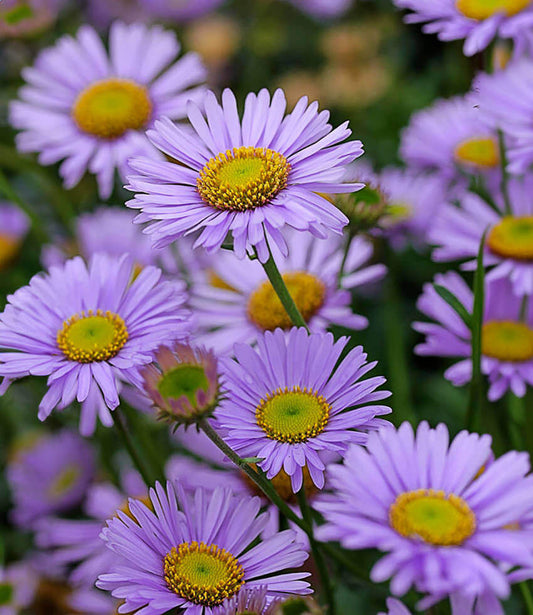
Erigeron glaucus - Wayne Roderick
Beach Aster, Seaside Fleabane , Beach Aster, Seaside FleabaneSold outErigeron glaucus - Wayne Roderick
Beach Aster, Seaside FleabaneRegular price $11.75Regular priceUnit price per$12.95Sale $11.75EST. availability: 2/13/2026Sold out -

Anagallis monellii
Blue PimpernellSold outAnagallis monellii
Blue PimpernellRegular price $10.50Regular priceUnit price per$10.95Sale $10.50EST. availability: 1/16/2026Sold out -
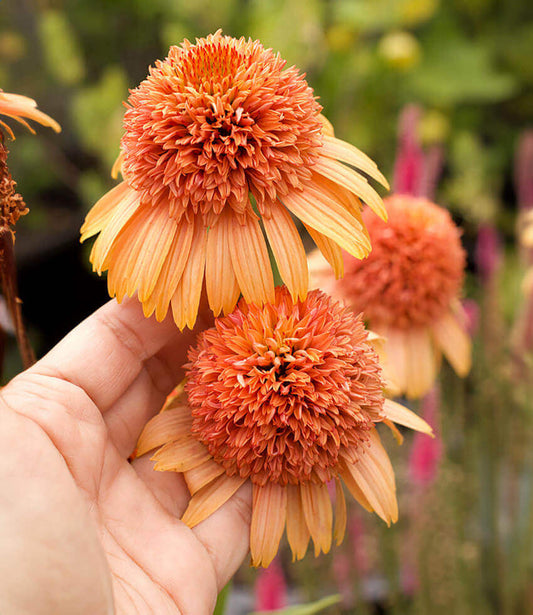
Echinacea - Cantaloupe
ConeflowerSold outEchinacea - Cantaloupe
ConeflowerRegular price $15.75Regular priceUnit price per$14.95Sale $15.75Sold out -
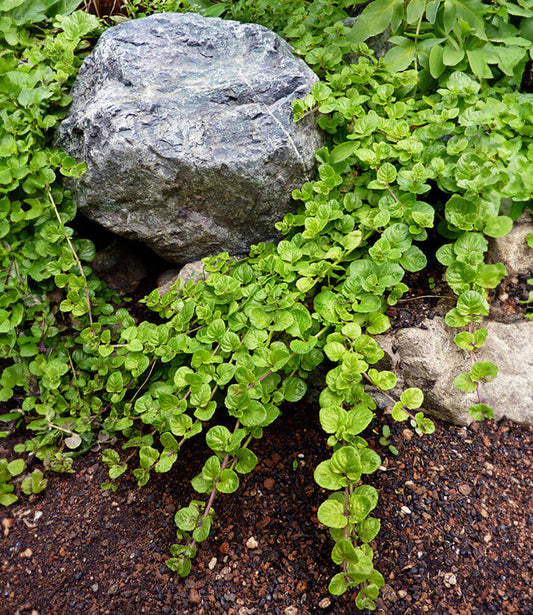
Satureja douglasii
Yerba Buena , Clinopodium douglasiiSold outEST. availability: 3/13/2026Sold out -
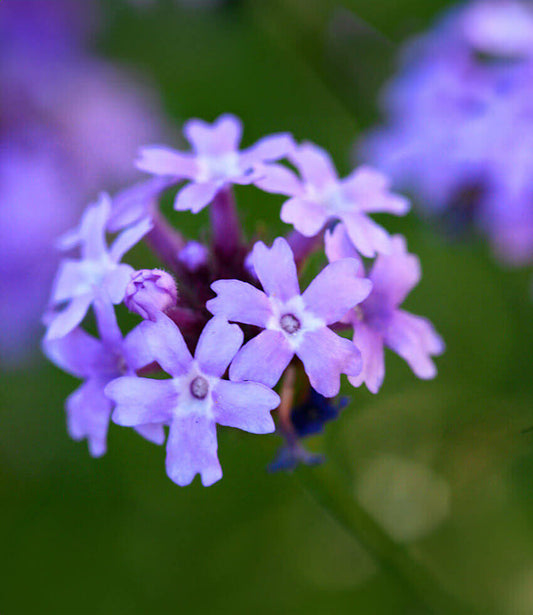
Verbena lilacina - De La Mina
Cedros Island Verbena , Cedros Island VerbenaSold outVerbena lilacina - De La Mina
Cedros Island VerbenaRegular price $11.75Regular priceUnit price per$12.95Sale $11.75EST. availability: 1/16/2026Sold out -
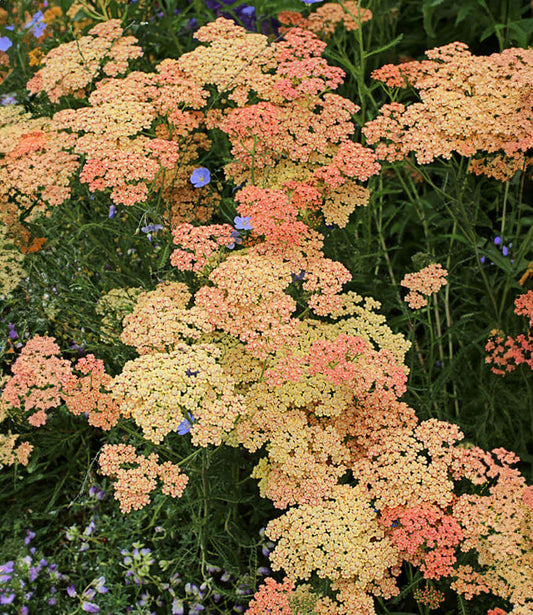 Sold out
Sold outAchillea millefolium - Salmon Beauty
YarrowRegular price $11.75Regular priceUnit price per$12.95Sale $11.75EST. availability: 2/13/2026Sold out -
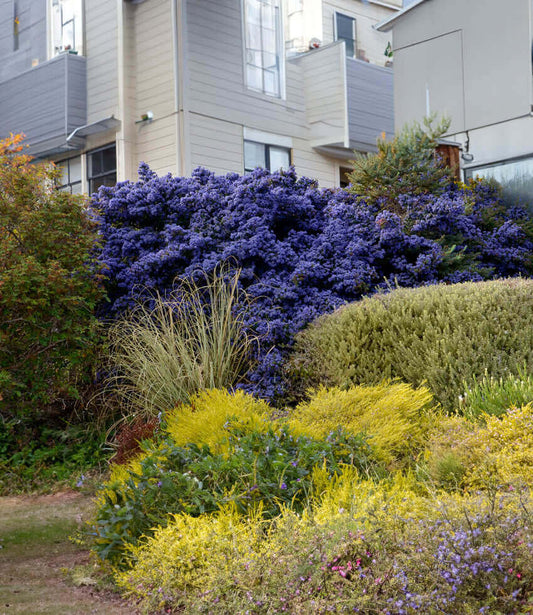
Ceanothus - Julia Phelps
California Lilac , Wild LilacSold outCeanothus - Julia Phelps
California LilacRegular price $13.35Regular priceUnit price per$14.95Sale $13.35EST. availability: 2/13/2026Sold out -
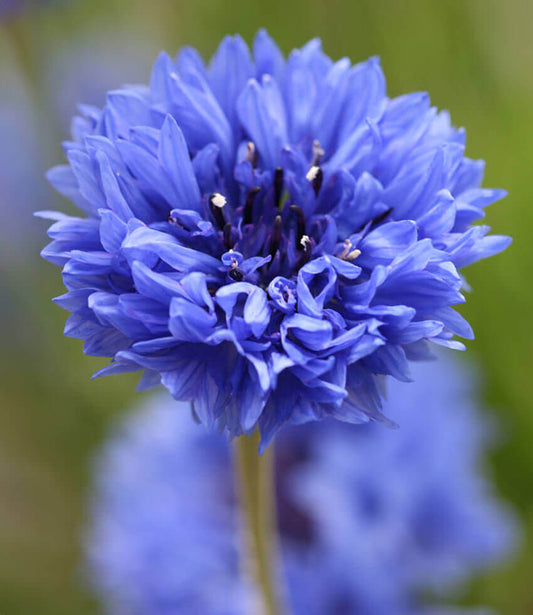
Centaurea cyanus - Blue Diadem
Bachelor's Buttons , CornflowerSold outCentaurea cyanus - Blue Diadem
Bachelor's ButtonsRegular price $9.50Regular priceUnit price per$10.95Sale $9.50EST. availability: 1/16/2026Sold out -
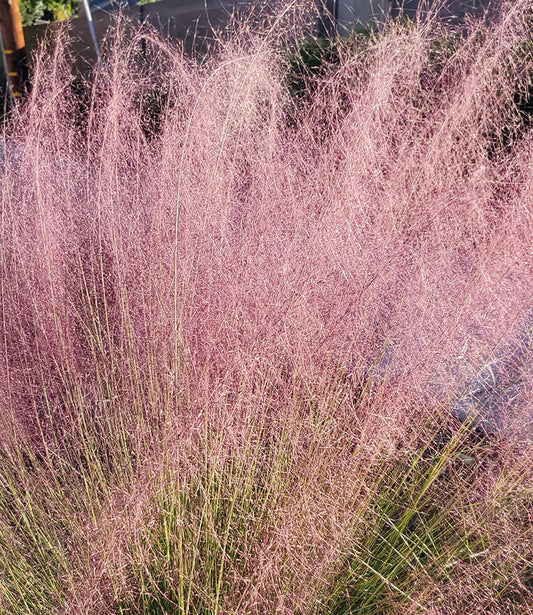
Muhlenbergia capillaris
Pink Muhly Grass , Pink Hair Grass, Hairawn MuhlySold outMuhlenbergia capillaris
Pink Muhly GrassRegular price $12.15Regular priceUnit price per$12.95Sale $12.15EST. availability: 2/13/2026Sold out -

Eschscholzia californica - Apricot Chiffon
California PoppySold outEschscholzia californica - Apricot Chiffon
California PoppyRegular price $10.35Regular priceUnit price per$10.95Sale $10.35EST. availability: 2/13/2026Sold out -
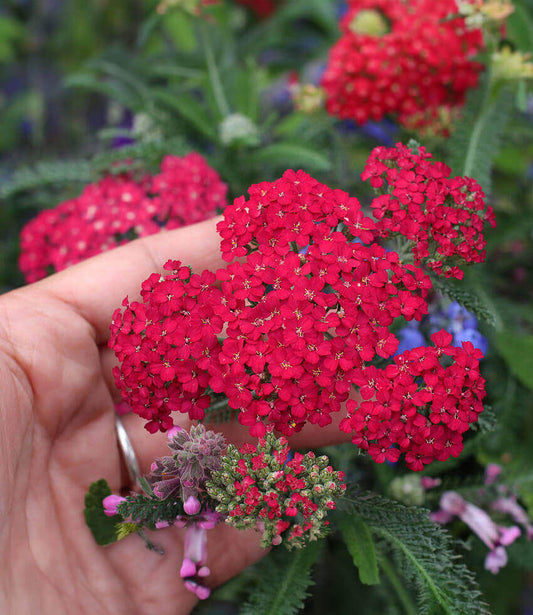 Sold out
Sold outAchillea millefolium - Red Velvet
YarrowRegular price $11.75Regular priceUnit price per$12.95Sale $11.75Sold out -
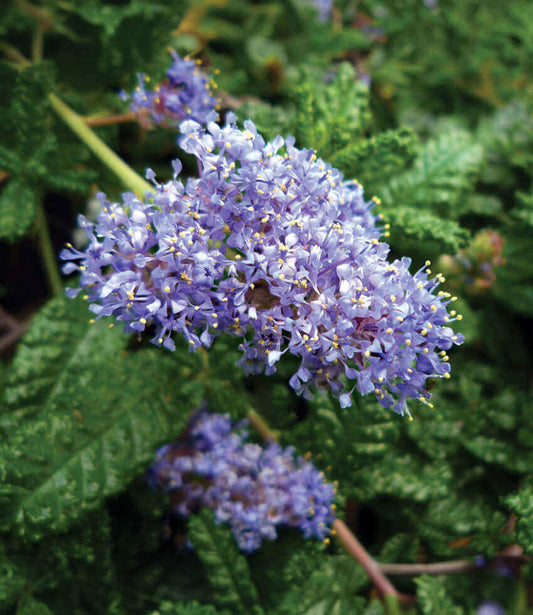
Ceanothus hearstiorum
California Lilac , Wild LilacSold outCeanothus hearstiorum
California LilacRegular price $13.35Regular priceUnit price per$14.95Sale $13.35Sold out -
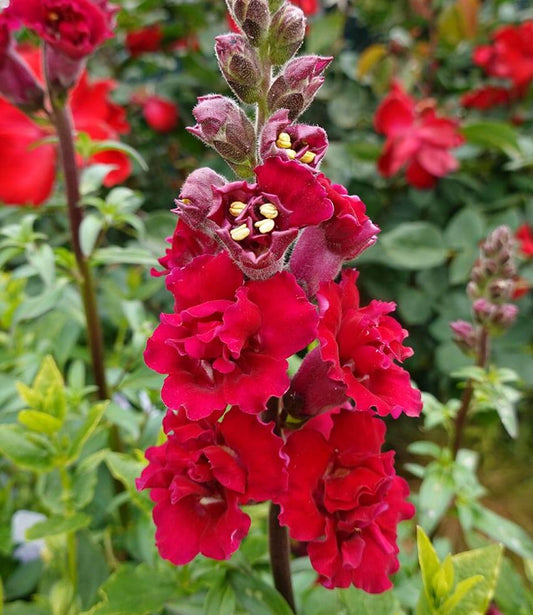
Antirrhinum majus - Double Azalea Red
SnapdragonSold outAntirrhinum majus - Double Azalea Red
SnapdragonRegular price $9.50Regular priceUnit price per$10.95Sale $9.50EST. availability: 12/19/2025Sold out -
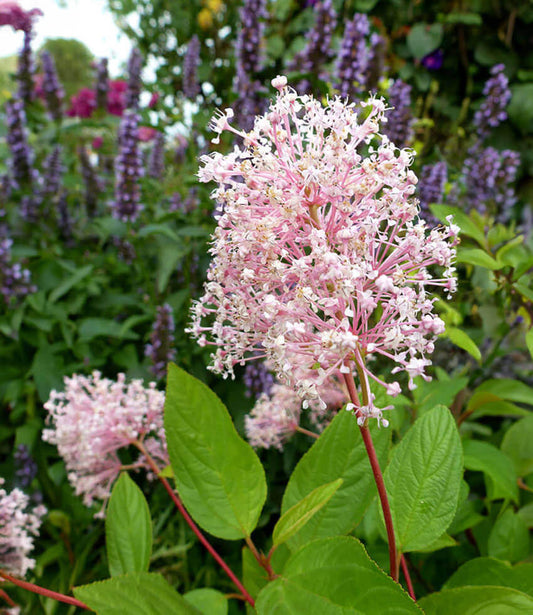
Ceanothus x pallidus - Marie Simon
Wild LilacSold outCeanothus x pallidus - Marie Simon
Wild LilacRegular price $13.35Regular priceUnit price per$14.95Sale $13.35Sold out -
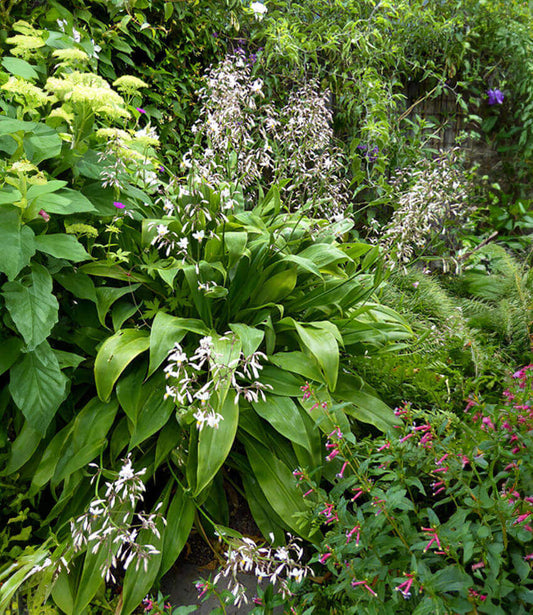
Arthropodium cirratum - Renga Lily
Renga Lily , New Zealand Rock LilySold outArthropodium cirratum - Renga Lily
Renga LilyRegular price $11.75Regular priceUnit price per$11.95Sale $11.75Sold out -
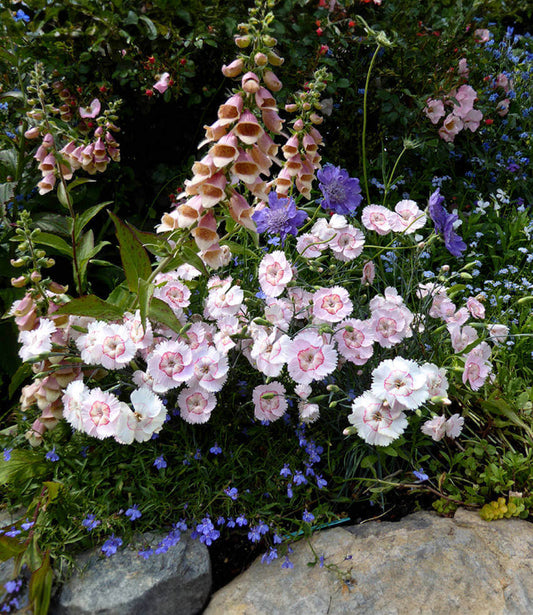
Dianthus - Georgia Peach Pie
Carnation , PinksSold outDianthus - Georgia Peach Pie
CarnationRegular price $11.75Regular priceUnit price per$11.95Sale $11.75Sold out -

Eschscholzia californica - Red Glow
California PoppySold outEschscholzia californica - Red Glow
California PoppyRegular price $10.35Regular priceUnit price per$10.95Sale $10.35EST. availability: 2/13/2026Sold out -
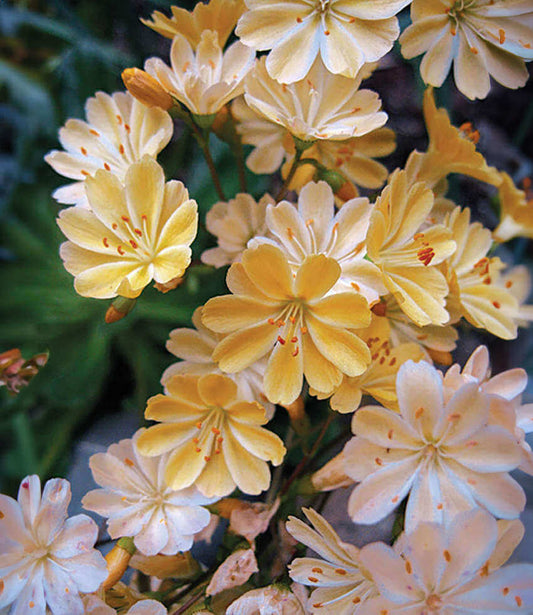
Lewisia longipetala - Little Peach
Long-Petaled Lewisia, Truckee Lewisia , Long-Petaled Lewisia, Truckee LewisiaSold outLewisia longipetala - Little Peach
Long-Petaled Lewisia, Truckee LewisiaRegular price $11.75Regular priceUnit price per$11.95Sale $11.75Sold out -
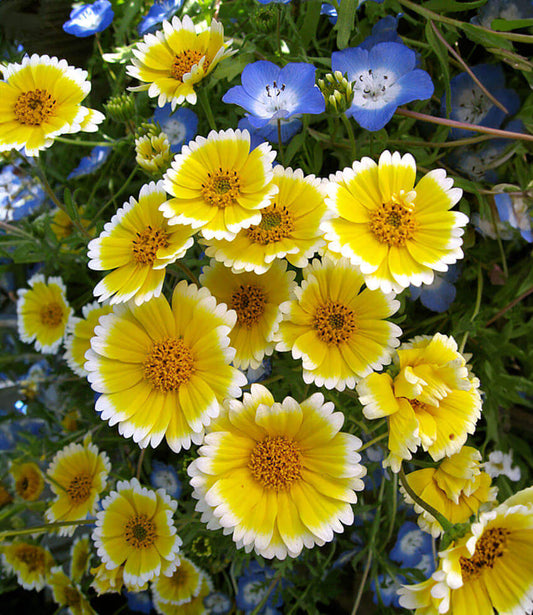
Layia platyglossa - Tidy Tips
Tidy TipsSold outLayia platyglossa - Tidy Tips
Tidy TipsRegular price $9.50Regular priceUnit price per$10.95Sale $9.50EST. availability: 1/16/2026Sold out -
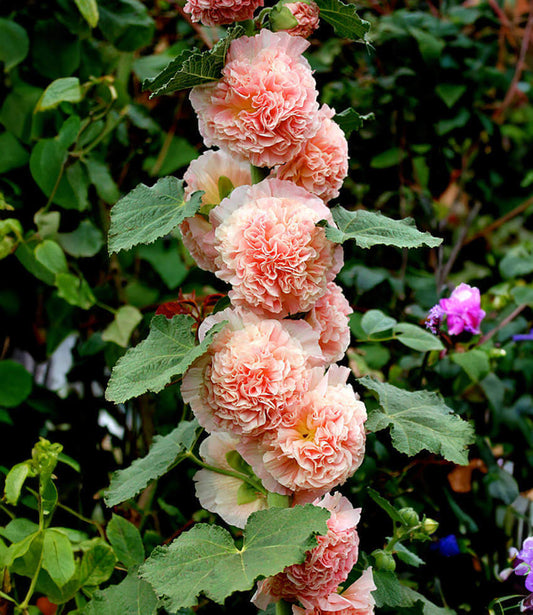
Hollyhock (Alcea Rosea) - Double Apricot
Alcea RoseaSold outHollyhock (Alcea Rosea) - Double Apricot
Alcea RoseaRegular price $11.75Regular priceUnit price per$11.95Sale $11.75Sold out -
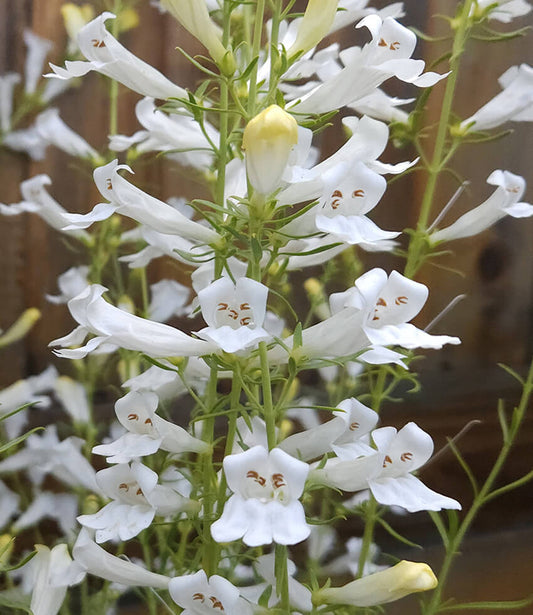
Penstemon heterophyllus - GMR White
BeardtongueSold outPenstemon heterophyllus - GMR White
BeardtongueRegular price $11.75Regular priceUnit price per$11.95Sale $11.75Sold out -
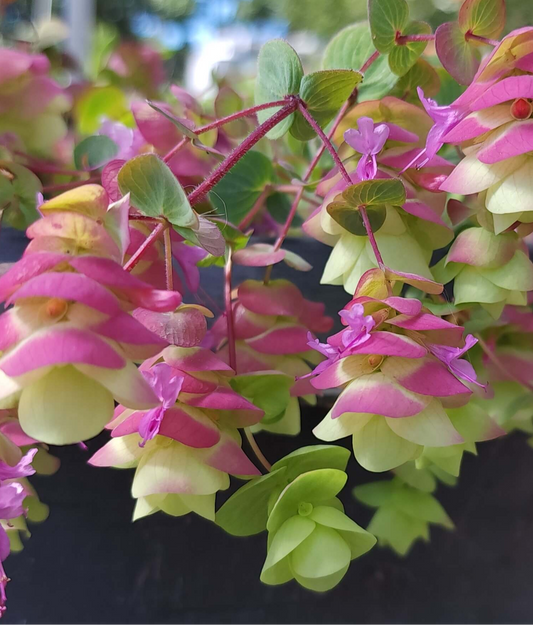
Origanum - Barbara Tingey
Ornamental OreganoSold outOriganum - Barbara Tingey
Ornamental OreganoRegular price $10.50Regular priceUnit price per$10.95Sale $10.50Sold out -
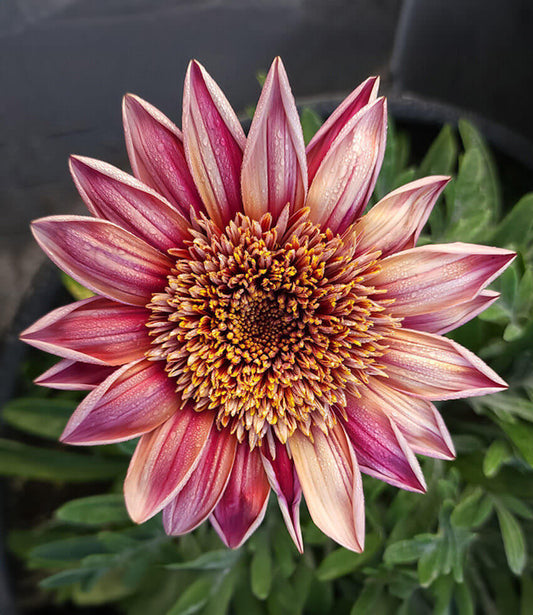
Gazania - Otomi
Treasure Flower , Treasure FlowerSold outGazania - Otomi
Treasure FlowerRegular price $11.75Regular priceUnit price per$11.95Sale $11.75Sold out -
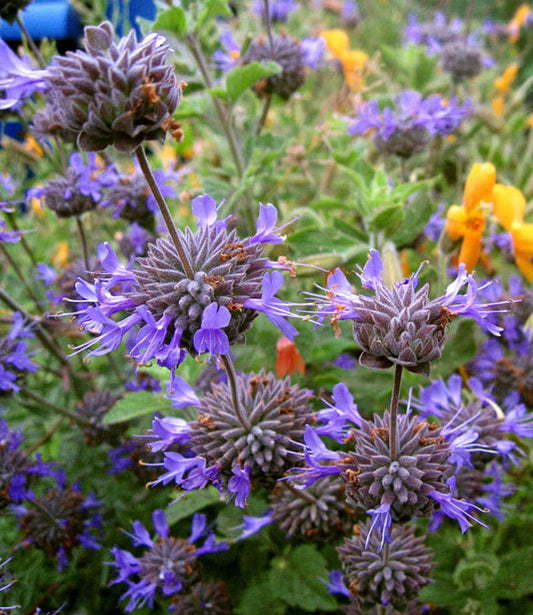
Salvia clevelandii - Winifred Gilman
Blue Sage , Blue SageSold outSalvia clevelandii - Winifred Gilman
Blue SageRegular price $12.15Regular priceUnit price per$13.95Sale $12.15Sold out -
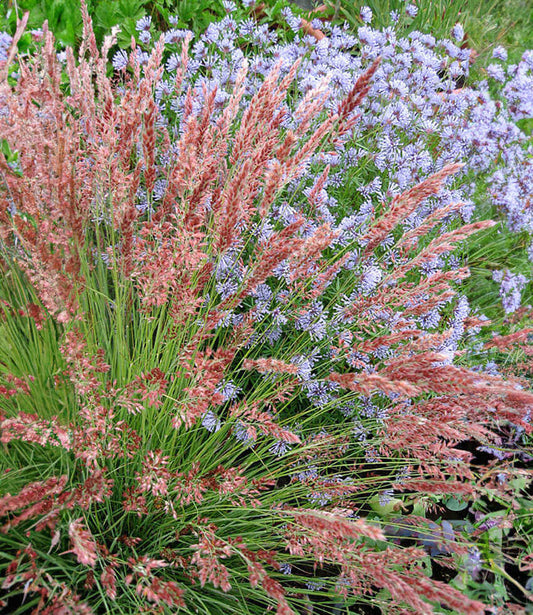
Melinus nerviglumis - Ruby Grass
Ruby Grass , Mountain Red TopSold outMelinus nerviglumis - Ruby Grass
Ruby GrassRegular price $12.15Regular priceUnit price per$13.95Sale $12.15Sold out -
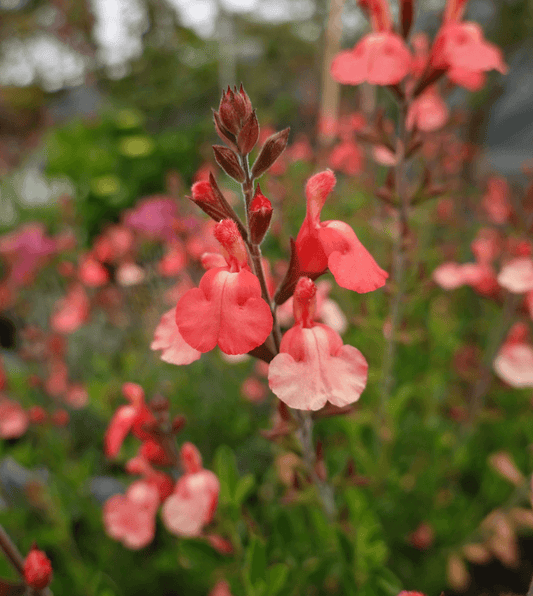 Sold out
Sold outSalvia greggii - Tangerine
SageRegular price $12.15Regular priceUnit price per$12.95Sale $12.15Sold out -
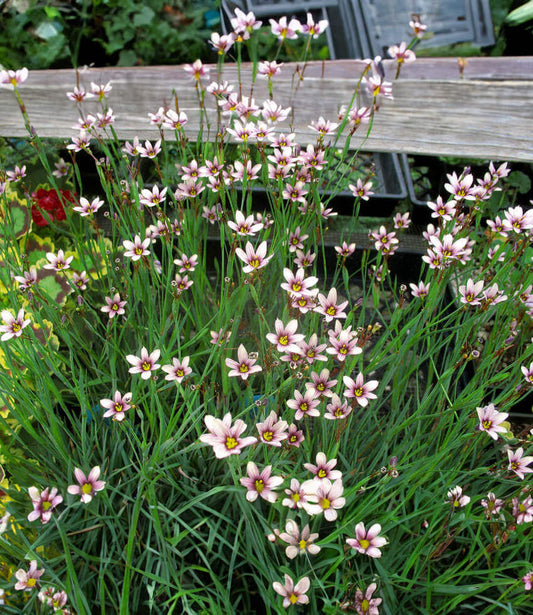
Sisyrinchium
Blue Eyed GrassSold outSold out -
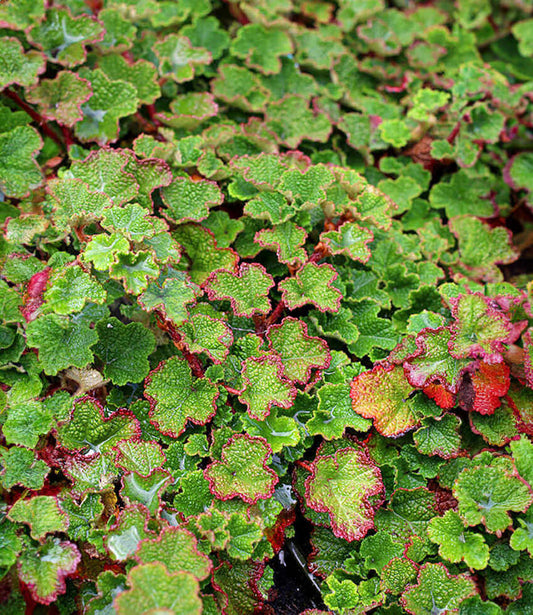
Rubus calycinoides - Creeping Bramble
Creeping RaspberrySold outRubus calycinoides - Creeping Bramble
Creeping RaspberryRegular price $10.50Regular priceUnit price per$10.95Sale $10.50Sold out -
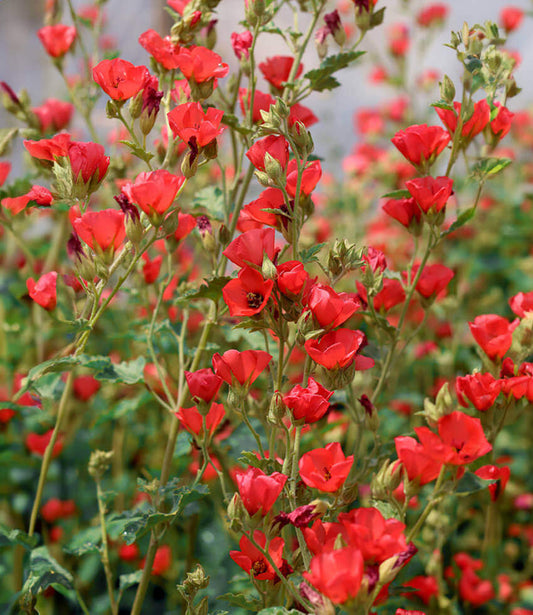
Sphaeralcea - Newleaze Coral
Globe MallowSold outSphaeralcea - Newleaze Coral
Globe MallowRegular price $12.15Regular priceUnit price per$13.95Sale $12.15Sold out -
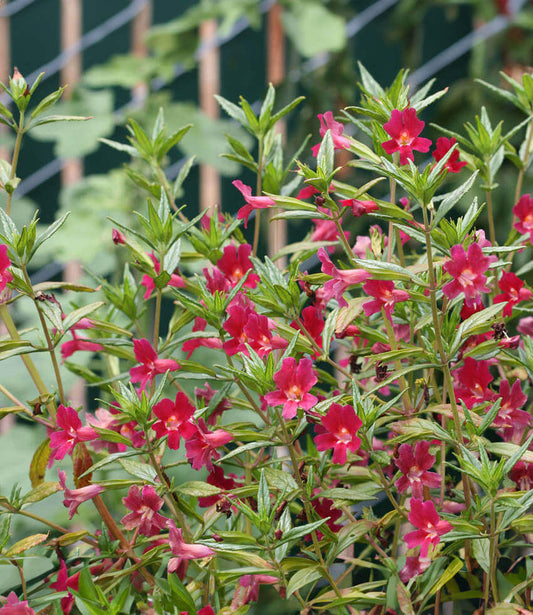
Mimulus x aurantiacus - Cherry
Sticky Monkey Flower , Bush Monkey Flower, DiplacusSold outMimulus x aurantiacus - Cherry
Sticky Monkey FlowerRegular price $11.75Regular priceUnit price per$12.95Sale $11.75Sold out -
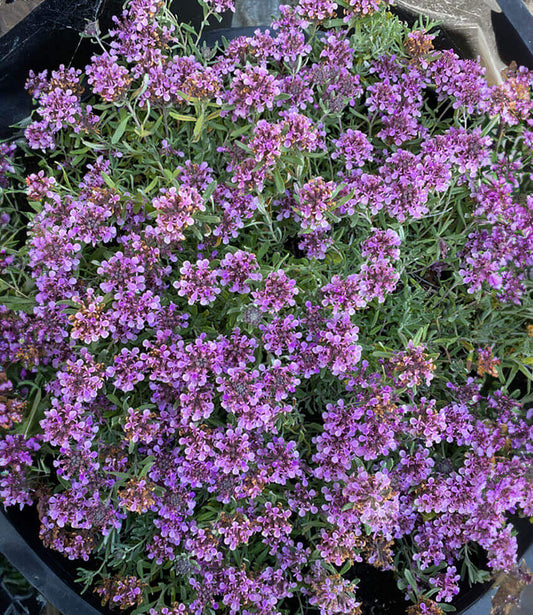
Teucrium aroanium
Gray Creeping GermanderSold outTeucrium aroanium
Gray Creeping GermanderRegular price $10.50Regular priceUnit price per$11.95Sale $10.50Sold out -
Sale

Verbena lilacina - Paseo Rancho
Pink Cedros Island VerbenaVerbena lilacina - Paseo Rancho
Pink Cedros Island VerbenaRegular price $11.75Regular priceUnit price per$12.95Sale $11.75Sale
FAQs: About Drought-Tolerant Plants
What are drought-tolerant plants?
Drought-tolerant plants are species that have adapted to thrive with minimal water once established. They may have features such as deep root systems, silvery or small leaves that reduce evaporation, or seasonal growth patterns that take advantage of rainfall. These adaptations allow them to flourish in dry conditions while still providing beauty and habitat in the garden.
Why should I choose drought-tolerant plants?
These plants help conserve water, reduce maintenance, and create more sustainable landscapes. They are ideal in regions with dry summers or water restrictions, and many also support pollinators and wildlife. Choosing drought-tolerant plants means less watering, lower utility bills, and a garden that is resilient to heat and drought stress.
When is the best time to plant drought-tolerant plants?
Fall is often the best season, especially in Mediterranean climates like California, because cooler weather and seasonal rains support root growth before winter arrives. Spring planting is also possible, which similarly, gives plants a chance to begin establishing roots before the summer heat. Drought-tolerant plants will still need consistent water during the first year, until their root systems become fully established.
How much water do drought-tolerant plants need?
Like most plants, they require regular watering during their first one to two growing seasons to establish deep roots. Once established, many survive with little or no supplemental irrigation beyond natural rainfall. Deep, infrequent watering is usually best, and checking soil moisture helps determine when watering is needed.
Can drought-tolerant plants grow in different soil types?
Yes. While some have specific soil preferences, many adapt well to a range of soils. Amending soil with compost improves drainage and water retention, giving you more planting flexibility.
Do drought-tolerant plants need fertilizer?
Often, they don’t. Many have evolved in nutrient-poor soils and thrive with little or no fertilizer. Adding compost can improve soil texture and supply minor nutrients to support healthy growth and flowering.
Do these plants need pruning?
Pruning needs vary. Some, like lavender, benefit from an annual hard prune for vigor and shape. Others remain low-maintenance and require little to no pruning.
Are drought-tolerant gardens low maintenance?
Yes, once established. These plants typically need less water, fewer fertilizer applications, and less pruning than traditional choices. Using mulch and efficient irrigation such as drip systems reduces maintenance even further.
Do drought-tolerant plants attract pollinators?
Absolutely. Many produce nectar-rich flowers that attract bees, butterflies, and hummingbirds. Native species are especially valuable for supporting local pollinator populations and biodiversity.
Can I grow drought-tolerant plants in containers?
Yes. Many, including lavender, succulents, and ornamental grasses, thrive in pots. Use a well-draining soil mix, water deeply but infrequently, and choose appropriately sized containers to allow for root growth.
Do drought-tolerant plants only grow in full sun?
Not always. While many thrive in sunny conditions, some tolerate partial shade. For example, Heuchera (coral bells) and other woodland natives can handle lower light with minimal water needs once established. It is always best to check the specific sun preferences for the individual plant you want to grow.
How can I make my garden more drought-tolerant?
- Choose plants adapted to your local climate
- Group plants with similar water needs
- Enrich soil with compost for better water retention
- Apply mulch to keep soil cool and reduce evaporation
- Use efficient irrigation such as drip systems to deliver water directly to roots
What are examples of drought-tolerant plants?
Examples include:
- California natives: California poppy (Eschscholzia californica), Ceanothus, Cleveland sage (Salvia clevelandii), Sticky monkey flower (Mimulus aurantiacus).
- Mediterranean classics: Lavender (Lavandula), rosemary (Rosmarinus), sage (Salvia officinalis).
- Succulents & grasses: Sedum (Sedum), muhly grass (Muhlenbergia), ornamental grasses.
Groundcovers: Frogfruit (Lippia repens), Lessingia filaginifolia ‘Silver Carpet.’
Collections
-

Annie's Annuals - Annual Plants Collection
Annual plants are the life of the garden party—bursting onto the scene,...
-

Annie's Annuals - Perennials Collection
Discover one of the best selections of perennial plants online, where beauty,...
-

Annie's Annuals - California Natives
Meet California’s Original Plants California native plants are true originals—resilient, diverse, and...
-

Annie's Annuals & Perennials Best of Fall Collection
Annie’s Annuals & Perennials Plants are Back in Bloom! We are excited...






































